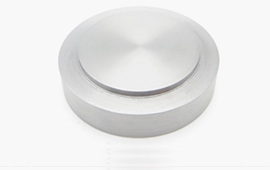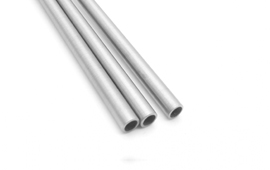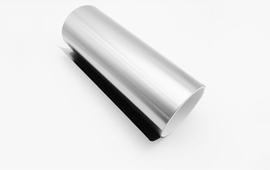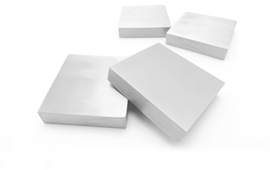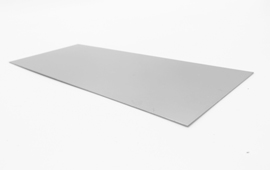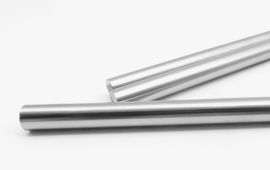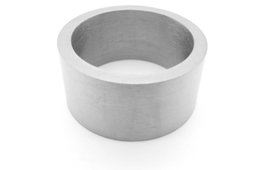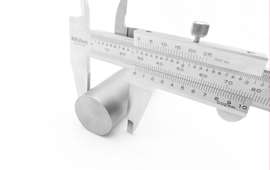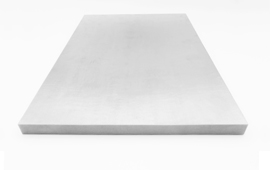Classification and application of Titanium and Titanium alloy products
Strength of commercial pure Titanium is up to 350-700MPA. Strength of Titanium alloy is up to 1200MPA which is approximate to the tempering structure steel. Titanium alloy has the higher specific strength than other metal materials because its density is much lower than that of steel. This is the main reason why Titanium and Titanium alloys are suitable as aeronautical materials.
Commonly used Titanium alloys can be classified as α type Titanium alloy, β type Titanium alloy and α+β type Titanium alloy.
The most typical and frequently used Titanium alloy is TC4 alloy. Its composition is usually represented as Ti-6Al-4V(Ti Grade 5).The alloy has good mechanical properties and high microstructure stability. It is widely used in aerospace, shipbuilding and other industries.
Commonly used Titanium alloys can be classified as α type Titanium alloy, β type Titanium alloy and α+β type Titanium alloy.
The most typical and frequently used Titanium alloy is TC4 alloy. Its composition is usually represented as Ti-6Al-4V(Ti Grade 5).The alloy has good mechanical properties and high microstructure stability. It is widely used in aerospace, shipbuilding and other industries.
Our Titanium products
|
|
||||||||||||
|
|||||||||||||
|
|||||||||||||
Properties of Titanium
|
||||||||||||||||||||||||||||||||||||||||||||||||||||||||||||||||||||||||||||||||
|
||||||||||||||||||||||||||||||||||||||||||||||||||||||||||||||||||||||||||||||||||||||||||||||||||||||||||||||||||||||||||||||||||||||||||||||||||||||||||||||||||||||||||||||||||||||||||||||||||||||||||||||||||||||||||||||||||||||||||||||||||||||||||||||||||||||||||||||||||||||||||||||||||||||||||||||||||||||||||||||||||||||||||||||||||||||||||||||||||||||||||||||||||||||||||||||||||||||||||||||||||||||||||||||||||||||||||||||||||||||||||||||||||||||||||||||||||||||||||||||||||||||||||||
|
|||||||||||||||||||||||||||||||||
|
||||||||||||||||||||||||||||||
|
||||||||||||||||||||||||||||||||||||||||||||||||||
Our Titanium and Titanium alloy products
Our company has Ti Grade 5, Ti Grade 7, Ti Grade 9, Ti Grade 12 and other commonly used Titanium alloys
Our products comply with the international standards such as ASTM B265, ASTM B348, ASTM F136, and ASTM F67. If you have any special requirement, we would like to discuss with you and find the best solutions.


